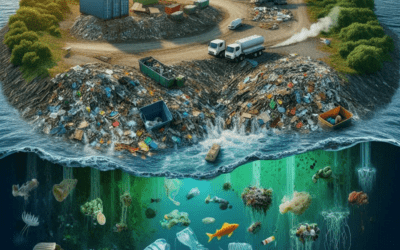The Greenhouse Gas Protocol is an international tool designed to help businesses define and manage the emissions created by their organisations. These emissions are divided into three types:
- Scope 1: Emissions that a company controls directly for example company vehicles
- Scope 2: Emissions that a company causes indirectly, for example purchased electricity for offices, factories etc.
- Scope 3: Emissions that are not produced by the company itself, for example Business Travel.
At present, in the UK, only large private companies need to report Scope 3 emissions, we estimate around 1300 companies – and even then, they are not required to report on emissions across the board. It is likely, however, that there will be a requirement for all organisations to report these emissions in the future, so wise businesses are preparing for this.
The scale of Scope 3 emissions
For most organisations, Scope 3 emissions make up the majority of total emissions. According to The Energy Advice Hub, international food brand, Kraft, looked at the sources of all the emissions connected to its business. It discovered that more than 90% of its emissions fell under Scope 3. This isn’t unusual. And the bigger and more complex your supply chain, the more emissions will be associated with your organisation.
Managing, reducing and eliminating these Scope 3 emissions will have a significant effect on the quality of the environment and the progress of the climate crisis. So organisations need to understand Scope 3 emissions now, and put in place the right processes to identify and manage them.
The Scope 3 emissions list
The Greenhouse Gas Protocol lists 15 categories of emission, split into Upstream Emissions and Downstream Emissions:
Upstream
- Purchased goods and services
- Capital goods
- Fuel and energy use
- Transport and distribution
- Waste generated in company operations, if you don’t own or control the waste management facilities
- Business travel
- Employee commuting
- Upstream leased assets
Downstream
- Transport and distribution
- Processing sold products
- End-use of sold goods and services
- Waste disposal and treatment of products
- Leased assets
- Operation of franchises
- Operation of investments
Do you have visibility over all these areas? Do you have the ability to measure and manage such a wide variety of potential emissions?
Why you should measure your Scope 3 emissions
In addition to the obvious benefits of reducing your impact on the environment, understanding and measuring your emissions has clear commercial benefits, including:
- Identifying and managing potential risks in your upstream or downstream supply chain
- Determining the value you are getting from current suppliers and whether you could be more efficient elsewhere
- Finding energy efficiencies that can improve your margins
- Building a sustainable employee brand and improve your CSR approach (Corporate Social Responsibility)
Most importantly, this is information that your stakeholders will begin to demand from you. Regulators, investors, customers and suppliers will all come to expect transparent reporting across your Scope 1, 2 and 3 emissions.
Are you being asked for Scope 3 data?
If you are a waste management and recycling company, you may be part of both upstream and downstream supply chains for your customers. As they start to identify and manage their own Scope 3 emissions, they will come to you to help them with this reporting.
Could you provide clear emissions data to your customers?
Many companies couldn’t – largely because they are often running multiple legacy software systems across the business, and so lack visibility of their own emissions. They also have no ability to join up data from various parts of the organisation, or see where data duplication may occur.
Forward-thinking organisations in the waste and recycling management sector are already looking at ways to update their platforms, using solutions like Waste & Recycling One to replace their existing systems, bring enterprise-level efficiencies to the business and deliver complete transparency and visibility across the whole organisation.
Taking this step puts companies in a position to report accurately on emissions, giving their own customers confidence in their supply chain. To find out more, contact our team today.






